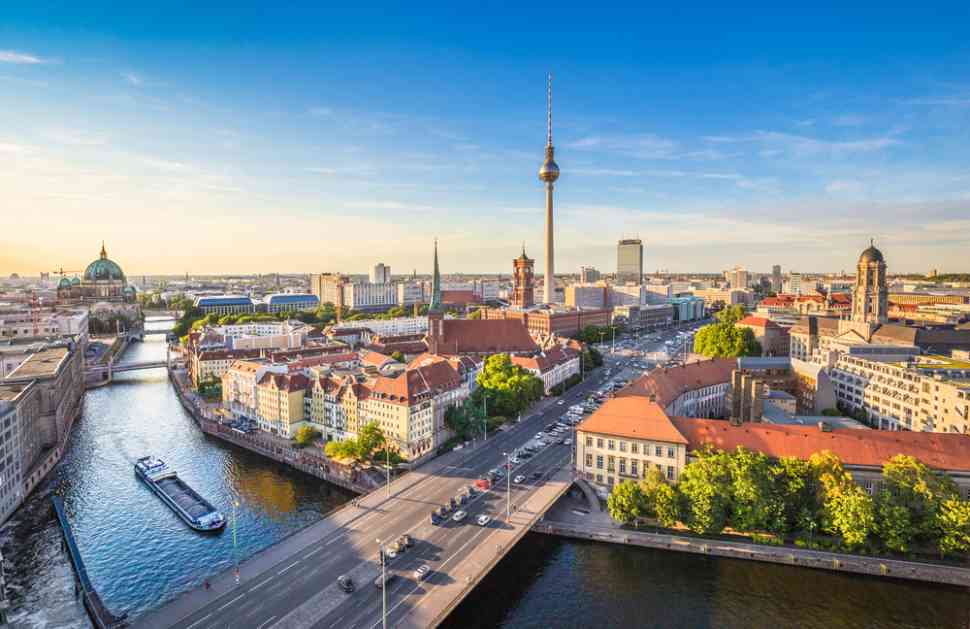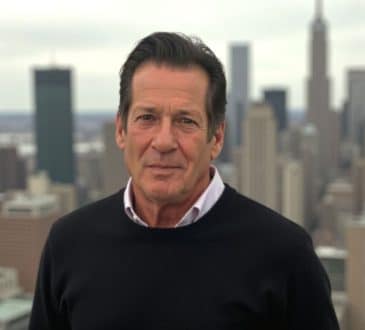Berlin: A City Full of History

The number of tourists and the view of Berlin are typical examples of the first impression that the city gives to its visitors. Due to the variety of architectural styles, you feel you are having a trip through time. The modern design (recognized by Unesco) here intertwines with the city’s medieval history.
At the same time, in some of its buildings, the signs of the bombing that occurred some decades ago are still visible. However, the city’s division during the Cold War and the different courses drawn by each side formed an interesting architectural and urban city. Thirty years after the collapse of The Wall, and the city has managed to combine all these different elements.
St. Marienkirche
Of course, referring to the city’s historical buildings, it would be appropriate to start from the oldest -together with the Church of Nicholas (Nikolaikirche)- the church of the German capital. Built-in one of the city’s most central and touristy spots, the church is a typical example of the German architecture of the mid-13th century. Although the exact date of reconstruction is unknown, it is speculated that it was built around 1243, linking its name to the widespread anti-Semitic propaganda of the time.
Architecturally, the church consists of a multitude of different chronological styles, mainly due to the many restorations and repairs it has received over the centuries. The importance of the church, not only for the city of Berlin but for the general region, is perceived today as it is the seat of the local bishop of the United Protestant Church of Berlin-Brandenburg-Silesia and Northern Lusatia. The antiquity of the church can also be confirmed by the materials of the structure, where, in addition to granite, the whole building is made of bricks, giving its characteristic red color. During World War II, a big part of the building was destroyed by the bombing. After partition, the church was found in the eastern part of the city, which did not prevent it from being restored by the East German authorities in the 1950s. Interestingly that before the war, the surrounding area of the church was densely populated (after the bombings, the area was ”cleaned” and left rebuilt), while today, it seems somewhat cut off from the rest of the urban scenery and the fairly densely populated center.
Die Hackeschen Höfe
Located a few minutes from Alexanderplatz and Hackesher market, the Hackeschen Höfe consists of a complex of buildings (houses and shops) that includes internal courtyards and is one of the finest expressions of Art Nouveau in Berlin. The architect of this rather complicated urban complex, which dates back to 1906, was the German architect August Endel. Its impressive decoration is due to its facade, which includes many window openings so that the interiors of the building are more bright. Meanwhile, when one passes the entrance and navigates the courtyards inside the complex, they will see buildings, the facades of which are covered and elaborately decorated with colorful polished bricks.
Telephone Tower (Fernsehturm Berlin)
Built from 1965 to 1969, the work of the German architect Hermann Henselmann, the Berlin telephone tower is the hallmark of the city and orientation point, as with its big height, it is visible from everywhere. However, the building did not always have this “auxiliary” character, as it was constructed as a symbol of projection of the power of East Germany during the Cold War period, playing an important role in the popular for the time, architectural propaganda. Today, it receives more than one million visitors a year. From the 200-meter-high rotating platform (which houses a restaurant), you can enjoy a panoramic view of the city.
Of course, we could refer to many more buildings that characterize Berlin, such as modern apartment buildings with glass facades scattered in many parts of the city, palaces such as the Schloss Bellevue (current Presidential Palace), or the narrow dead ends of Mitte, which end in enclosed courtyards. However, it would be great to visit the city yourself to perceive this conciliation between history and architecture.
Have you read?
Why Cloud Monitoring is Vital for Businesses by Brian Wallace.
Revolutionize Your B2B Sales Strategy: Data-Driven Marketing Techniques to Accelerate Your Sales Cycle by Björn Sjut.
Visionary Leadership: Five R&D Tips for CEOs by Doug Patton.
Activate your Ecosystem by Unleashing Diverse Perspectives by Cristobel Von Walstrom.
Change and Being Changed by Leo Bottary.
Bring the best of the CEOWORLD magazine's global journalism to audiences in the United States and around the world. - Add CEOWORLD magazine to your Google News feed.
Follow CEOWORLD magazine headlines on: Google News, LinkedIn, Twitter, and Facebook.
Copyright 2025 The CEOWORLD magazine. All rights reserved. This material (and any extract from it) must not be copied, redistributed or placed on any website, without CEOWORLD magazine' prior written consent. For media queries, please contact: info@ceoworld.biz








